How does the Facebook feed work?
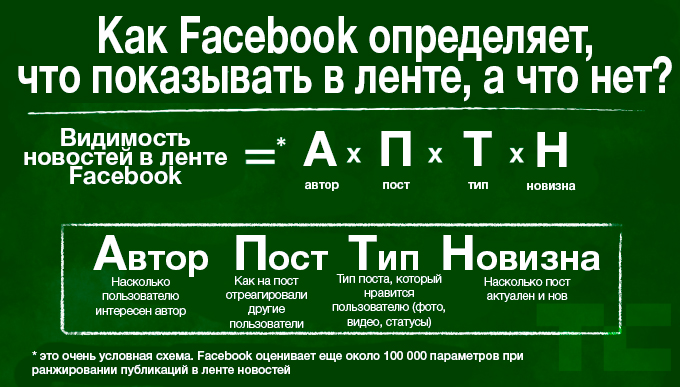
Facebook (Facebook) is the largest social network in the world. It was founded on February 4, 2004 by Mark Zuckerberg and his roommates during his studies at Harvard University - Eduardo Saverin, Dustin Moskovitz and Chris Hughes.
Originally, the website was named Thefacebook and was only available to students at Harvard University, then the registration was opened for other universities in Boston, and then for students of any US educational institutions that have an email address in the .edu domain. Starting from September 2006, the site is available to all Internet users aged 16 years with an email address.
Facebook is one of the five most visited websites in the world. As of July 2016, Facebook's audience was 1.71 billion users - those who visited the site at least once a month or for a specified period of time were recorded using the Like button and watching cookies. The daily active audience in March was 720 million people - so much is recorded by the monitoring network Facebook daily. August 24, 2015 the number of visitors to the social network Facebook for the first time amounted to one billion people. 1.03 billion people a month use the mobile application Facebook. Every day on the social network, users leave 6 billion "likes" and comments and publish 300 million photos. The site recorded 200 billion "friendships". The number of page views of the site in October 2011 amounted to 1 trillion, the number of video views on the site reached in 2015 a mark of 8 billion per day. Thanks to this site Mark Zuckerberg at 23 years became the youngest billionaire of the planet.
The algorithm of the news feed on Facebook is constantly changing, and very few people understand the principle of its work. People now and then complain that they have in the tape is not what they are interested in, and brands are angry that their posts suddenly fall sharply. Today we will open the veil of secrecy. By the 10th anniversary of Facebook tapes, TechCrunch has prepared a detailed guide on how the Facebook news feed works and how to "conquer" its algorithm and make sure that your content is seen by as many people as possible.
What the news is trying to achieve
In short, Facebook's goal is to choose the ten most relevant and engaging stories from the thousands that appear every day, and show them in your tape first. These stories are ranked in descending order - starting with the most important, for example, the wedding of your sibling. Then comes a dozen posts shared by your close friends, then posts from the brands you are subscribed to, and at the very end - boring events and events of distant acquaintances and even strangers.
Priority is given to the stories that you most likely like, comment or share, to which you click and read - that is, in which you are "involved". Facebook also has online surveys and focus groups offline, which give them more insights about what people want to see in their tapes.
It's not surprising that Facebook spends so much time and effort: the more users are involved in content, the more time they spend on the site, the more advertising they can show, the more money they will make.
Natural selection
The more people and companies have pages on Facebook, the more competition for limited space in the news feed. Views are not growing as fast as the amount of content.
This leads to a natural decrease in the involvement in content, so the percentage of page subscribers who saw the post from all who could potentially see it, at times decreases. The reason is not that Facebook wants to pump out more paid placements from the business - just need to skillfully compete for a place in the sun in the Facebook tape.
How to influence what you see
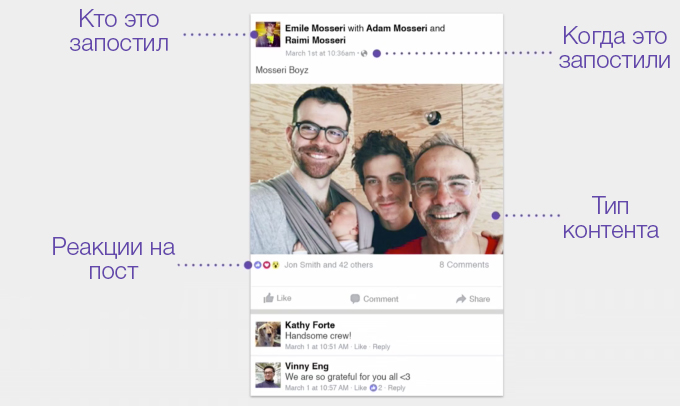
So how does the Facebook algorithm determine what will appear in the tape and in what order? It assigns to each story a personal assessment of the relevance that is different for each user who sees it. The most relevant stories are shown first. When assessing the relevance of the algorithm takes into account thousands of different signals. But there are four main factors that decide when to show the story to a particular user.
Who posted this
The more you interacted with the author of the story in the recent past, the more interesting is his news for you, says Facebook. Interaction is understood not only by likes, comments, messages, but also if you slowed down scrolling by seeing his post, went to his page, tagged him in his posts or he tagged you, etc. That's why you do not see posts from old friends who have not been interacted with for several years.
How other people reacted to the post
The more reaction the post received from other users, the sooner Facebook will show it to you. Sometimes people and brands publish boring stories, to which a couple of people pay attention - such posts immediately go into oblivion. But if a large percentage of people who saw the post in the first place, have licked, commented on or somehow reacted to it, Facebook will conclude that this is something interesting, and will show it to more people.
What type of post is this
If you react more often to a particular type of publication (photo, video, status, link, event, job change), Facebook will show you publications of this type more often. Different people like different types of posts. I like to read the articles more, to you - to watch the video. But if you never watch a video - Facebook will not show them to you.
When it was published
The more recent the story, the sooner you will see it. And Facebook checks when you last viewed the tape. If you check it every hour, Facebook will show the newest posts. If you did not go for a week, you will see all the most important events, for example, the publication about the birth of a child from your best friend, even if she is already five days old.
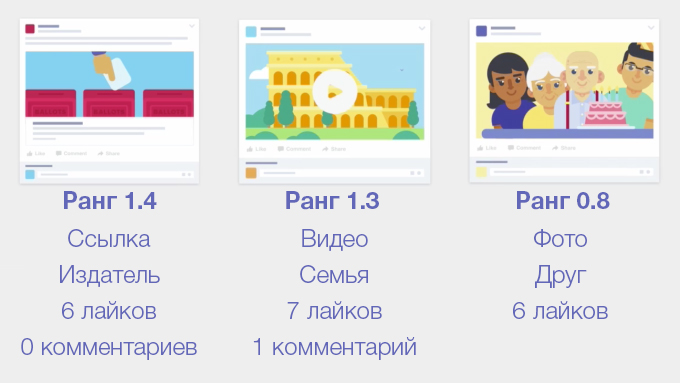
All these factors together have a strong influence on the formation of the news line and the sequence in which publications appear. Also, Facebook is studying how you interact with the tape, and eventually notices that you are interested and lures, how your behavior changes and why.
But there are several other factors that affect the tape, although not as much as the above.
How many other people published the same thing
If a dozen of your friends published a link to the same article or video, Facebook believes that this is very cool content and reports that "Vasilisa Vasilyeva and 11 other friends shared this ..." higher in your tape.
News that Facebook creates
When Facebook releases a new product, for example, Live video or Slideshows, he needs to test it. The algorithm can initially show too many or too few posts about a new product, until it receives a feedback to determine the appropriate level of visibility.
How advertising is inserted

Facebook also inserts ads into the news feed. It does not displace any organic publications from it, but simply squeezes between them, dropping all subsequent posts one slot.
To determine which ads are most relevant to you, Facebook uses a very similar algorithm. In this case, the social network limits the amount of advertising that you can see, thus trying to maximize the response to the advertising that you will still be shown. After all, if you click on it - sotsset will earn money.
The more Facebook knows about you, the more useful advertising you will be shown. If you fill out your profile as much as possible and will like and comment on the content of brands that you like, Facebook advertising will become more personalized and more relevant, and will inform you about the products, services, events and applications that interest you.
How to control your news line

Facebook provides explicit and implicit options to tell the newsline what you want to see in it.
Implicit signals are your behavior in the tape. If you are lazing the stories of specific people, you will see more of their publications. If you ignore someone else's posts, you will see fewer stories from these people and pages. Therefore, it is important to react specifically to the content that you like, and not put it, to someone to cajole, or pass by, if you do not like the person who stole it.
More Facebook offers explicit tools for updating the newsline. In each post there is a drop-down menu that allows you to:
- Hide the post from the stream and no longer show this content;
- Razfolovit author and no longer show his posts;
- Postpone the story for later and show more similar content;
- Disable notifications and no longer receive them from this author.
There is also an option "Show first". It allows you to select people whose publications you want to see always and at once. This function can be useful if you want to be aware of the events of your best friends, boss or mom.
List of changes in the algorithm of the news line
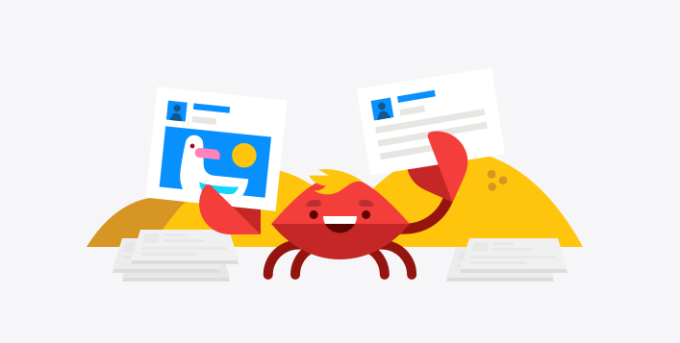
Facebook is constantly changing the algorithm for issuing posts in the news line. Adapts it so that people can not hack the principle and cheat. Learns to reach new content providers and adjust the flow of information. And so that users do not suspect the company that it has something to itself nahimichila, there is a blog in which Facebook informs about all the changes.
The most recent algorithm changes are:
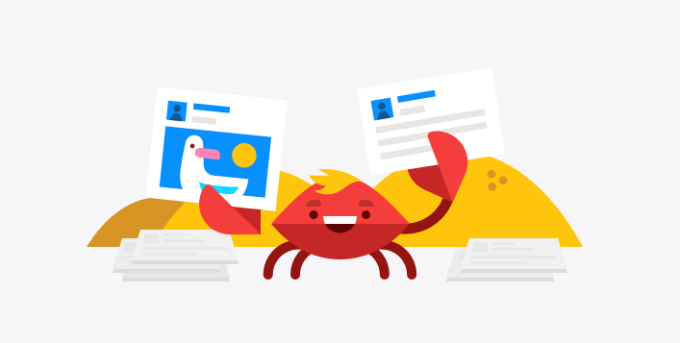
The most recent algorithm changes are:
- timely, relevant, which you will share and recommend, interesting, not memes that you will not complain about, you will not hide, from a source you trust, with a completed profile and a large subscriber base.
- less advertising that other people hide.
- more links to quality articles, fewer links to memes and photographs, articles on a similar topic with those that you previously read.
- more text status of your friends, less - from the pages.
- the post of the page in which another page was planned, may appear in the feed of the subscriber of the page.
- fewer posts from pages that persistently ask people to keep their eyes, comment and sherch their content. Fewer posts that the page has previously shared, fewer spam links with tricks in wording or formatting designed to attract more users.
- more stories from third-party applications with organic coverage and fewer artificially and automatically distributed stories.
- more videos that people watch and watch longer, more videos for those who like to watch videos, and less for those who ignore it in the stream.
- fewer links that do not explain the essence of what's inside, fewer links to sites where people spend little time, more links to sites where people spend a lot of time, more links to sites that are discussed after they've visited, More posts with links in the header format and less - with links in the description or inscribed on a photo or video (so often spread viruses - ed.).
- Facebook explores how and why users hide ads, making more emphasis on those who do not often hide advertising.
- more stories that reflect the latest trends.
- when you hide someone's story, you can choose further actions in relation to the content from this person.
- fewer posts that persuade people to buy something, install, go somewhere, or who copy someone's advertising content, previously published.
- fewer posts that users mark as fake or delete, because they contain lies and falsifications.
- more publications of friends instead of posts of pages, more posts for new users, in the tape of which there is little content.
- which people look at longer when they are flipping the tape.
- allows you to select the friends whose publications you want to see first.
- if a person often hides posts in his tape, even those who larked and commented, the algorithm rarely takes this into account when forming a tape.
- more videos that people scan with sound, unfold on the whole screen in high resolution.
- less video and more status, if you have a slow internet.
- more stories similar to the ones you reacted to.
- fewer viral stories, which, according to research, people do not like.
- when someone did not have the Internet, Facebook will re-evaluate the previously downloaded stories and show them instead of the connection-off icon.
- more stories with surveys and qualitative research, which people will sooner appreciate and revere.
- over time Facebook hopes to show people more stories that correspond to their reactions, that is, if people often react to something with a smile "haha", then they will see more funny stories.
- they fall into the ribbon as soon as the author starts streaming.
- More links to articles that people read longer on third-party sites.
- more stories from dear to you people, less - from brands.
- dishonest posts and deceptive maneuvers will appear less often in your tape.
- more benefit in the tape.
Newsfeed strategy
When you are going to publish something, ask yourself: how interesting or funny is it for other people? Maybe you are just showing off your successes or aggressively advertising your business?
Based on all of the above, the best thing you can do to appear more often in the tape of your subscribers is to publish interesting, relevant, unique stories that resonate with your audience. This is content that looks beautiful, funny or emotional, important news or something that can surprise / delight a large number of people. Avoid self-promotion and spam, dry content or bayans, boring stories that are of little interest to anyone.
The algorithm of the Facebook news feed is complex, but the people he serves are pretty simple. We all want to please us. Encourage others, and Facebook will share your story with the world.
Via ain.ua & facebook.com & wiki


Comments
When commenting on, remember that the content and tone of your message can hurt the feelings of real people, show respect and tolerance to your interlocutors even if you do not share their opinion, your behavior in the conditions of freedom of expression and anonymity provided by the Internet, changes Not only virtual, but also the real world. All comments are hidden from the index, spam is controlled.